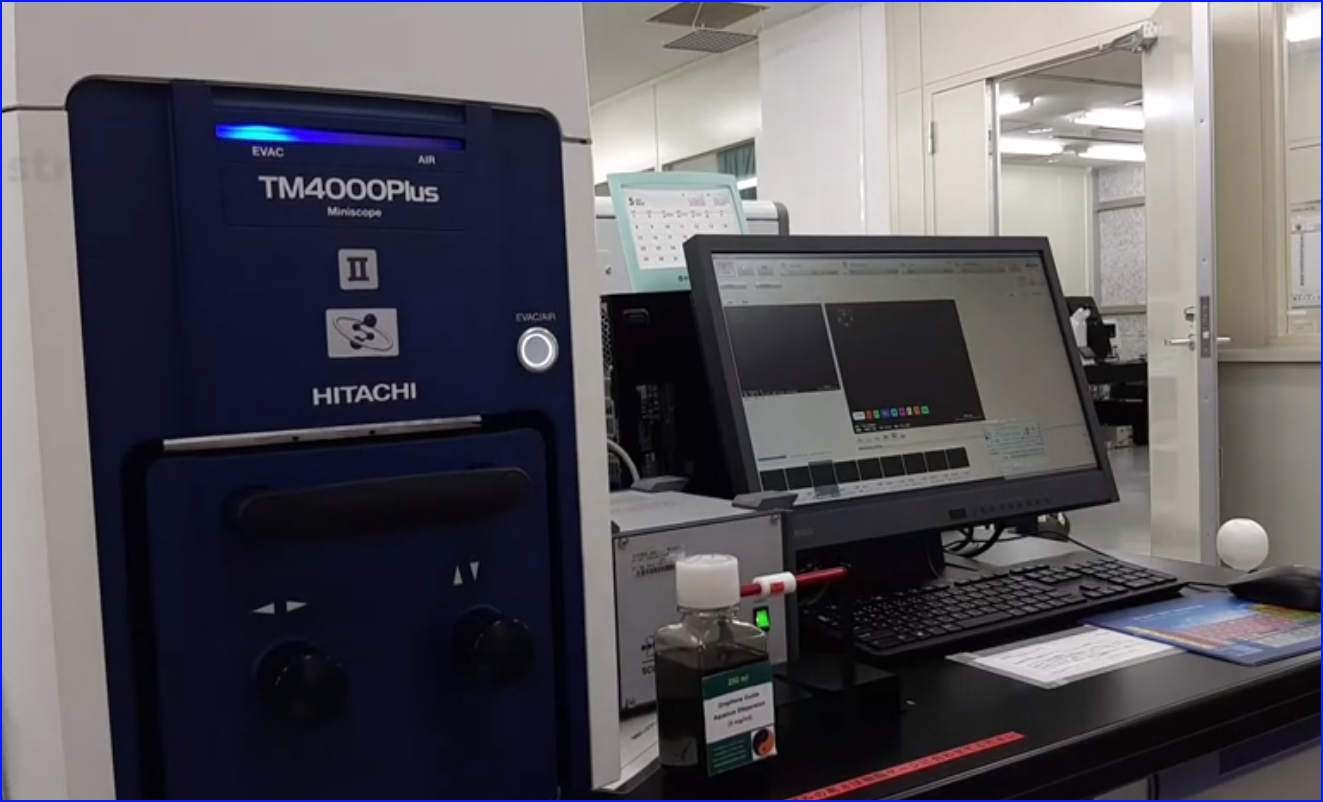SEM/EDX Mapping?
Scanning electron microscopes (SEMs) employ electron beams in order to get information from a sample at the nanoscale.
The main type of signals that are detected are the backscattered (BSE) and secondary electrons (SE), which generate a grayscale image of the sample at very high magnifications. However, there are many other signals which can be a product of the electron-matter interaction, and these can provide additional information about the sample.
Here we will describe how energy-dispersive X-ray (EDX or EDS) analysis works on a Scanning Electron Microscope.
Explanation
Every atom has a unique number of electrons that reside under normal conditions in specific positions.
These positions belong to certain shells, which have different, discrete energies.
The generation of the X-rays in a Scanning Electron Microscope is a two-step process. With the first step, the electron beam hits the sample and transfers part of its energy to the atoms of the sample. This energy can be used by the electrons of the atoms to “jump” to an energy shell with higher energy or be knocked off from the atom.
If such a transition occurs, the electron leaves behind a hole. Holes have a positive charge and, in the second step of the process, attract the negatively-charged electrons from higher-energy shells.
When an electron from such a higher-energy shell fills the hole of the lower-energy shell, the energy difference of this transition can be released in the form of an X-ray.
This X-ray has an energy that is characteristic of the energy difference between these two shells.
It depends on the atomic number, which is a unique property of every element. In this way, X-rays are a “fingerprint” of each element and can be used to identify the type of elements that exist in a sample.
How X-ray Detection Works
Unlike BSE, SE, and TE, X-rays are electromagnetic radiation, just like light, and consist of photons.
To detect them, the latest systems use the so-called silicon-drift detectors (SDDs). These are superior to the conventional Si(Li) detectors due to higher count rates, better resolution, and faster analytical capabilities.
These detectors are placed under an angle, very close to the sample, and have the ability to measure the energy of the incoming photons that belong to the X-rays.
The higher the solid angle between the detector and the sample, the higher the X-rays’ detection probability, and therefore the likelihood of acquiring the best results.
The data that is generated by EDX analysis consists of spectra with peaks corresponding to all the different elements that are present in the sample. Every element has characteristic peaks of unique energy, all extensively documented.
Qualitative & Quantitative
Furthermore, EDX can be used for qualitative (the type of elements) as well as quantitative (the percentage of the concentration of each element of the sample) analysis.
In most SEMs, dedicated software enables auto-identification of the peaks and calculation of the atomic percentage of each element that is detected. One more advantage of the EDX technique is that it is a non-destructive characterization technique, which requires little or no sample preparation.
